
[ad_1]
Half 1 – Half 2 – Half 3 – Half 4
Hey, fast query for ya. Is the labyrinth in Labyrinth actual?
I imply, after all it’s fictional, however is it actual inside the film? Has the labyrinth all the time been there independently of Sarah? Did Sarah dream it up? Did Jareth dream it up? See, in the event you ask if the labyrinth is actual, that one query seems to be a bunch of little questions in a trench coat.
Fortunate for us, there’s a nifty little important lens in literary concept that we are able to use to determine precisely what sort of story that is! Hooray for nerds! This’ll be a bit of cake.
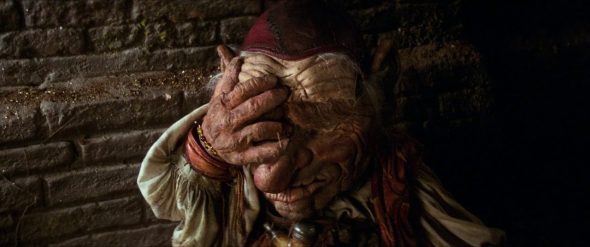
Chapter One: Sure, It’s Already Time for the Educational A part of the Article
In his 1973 textual content The Improbable: A Structural Strategy to a Literary Style, Tzvetan Todorov presents a novel schema for approaching fantasy that locations the “actuality or dream” query on the heart of the unbelievable.
He lays out the way in which magical tales work thusly: “In a world which is certainly our world, the one we all know, a world with out devils, sylphides, or vampires, there happens an occasion which can’t be defined by the legal guidelines of this identical acquainted world. The one that experiences the occasion should go for considered one of two attainable options: both he’s the sufferer of an phantasm of the senses, of a product of the creativeness – and legal guidelines of the world then stay what they’re; or else the occasion has certainly taken place, it’s an integral a part of actuality – however then this actuality is managed by legal guidelines unknown to us.”
In Todorov’s nomenclature, “marvelous” is when the supernatural or magical occasions really occurred, whereas “uncanny”, a time period borrowed from Freud, is when it may all be defined away because the product of the character’s psyche. Whereas these phrases are not often used this fashion outdoors of this particular structuralist schema, it may be helpful for categorization. We are able to simply place The Wizard of Oz and The Cupboard of Dr. Caligari within the uncanny class, whereas Brigadoon is an instance of the marvelous.
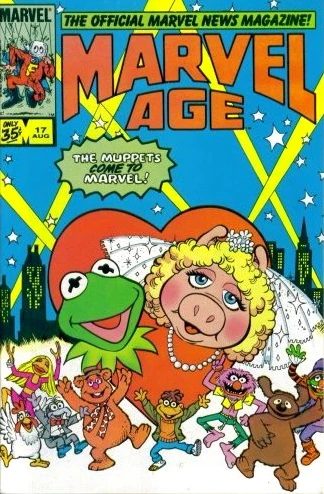
Todorov continues, “The unbelievable occupies the length of this uncertainty. As soon as we select one reply or the opposite, we depart the unbelievable for a neighboring style, the uncanny or the marvelous. The unbelievable is that hesitation skilled by an individual who is aware of solely the legal guidelines of nature, confronting an apparently supernatural occasion.”
Chapter Two: Labyrinth the Marvelous
As famous within the introduction to this text collection, we don’t see Sarah fall asleep at the beginning of her journey or get up on the finish. The occasions within the labyrinth embody moments that don’t embody her, such because the “Magic Dance” quantity. She is oblivious to the conversations between Jareth and Hoggle that result in her unlucky chew of the peach. This isn’t how a dream film like The Wizard of Oz works, and it actually isn’t how goals work. Additional, the characters appear to have been round for some time, corresponding to when one of many False Alarms that Hoggle tries to close up says, “I haven’t stated it for such a very long time!”
Subsequently, the labyrinth is actual, and Labyrinth is marvelous. Certain, perhaps the labyrinth is full of characters and pictures from her actual life, however that’s in all probability simply Jareth’s doing. So we’ll say the labyrinth itself is unquestionably actual and all the pieces in it really occurred, with the caveat {that a} magical Goblin King created dwelling variations of things from her bed room. This caveat would solely embody stuff like her ballgown, the cleaners, the Escher room, the Fireys, Ludo, Hoggle, Jareth, the labyrinth itself… oh shoot.
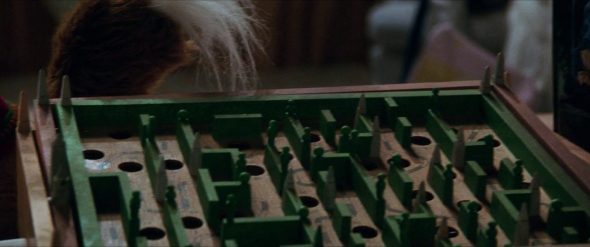
Chapter Three: Okay, Um… Labyrinth the Uncanny?
Regardless of what the comics would have you ever imagine, there’s no manner this fantasy world was simply… round, proper? It’s all so tailor-made to her pursuits. Its guidelines observe these within the bedtime story she tells Toby and the play she’s memorizing! Heck, even the structure of the park within the very first shot seems on the earth of the labyrinth.
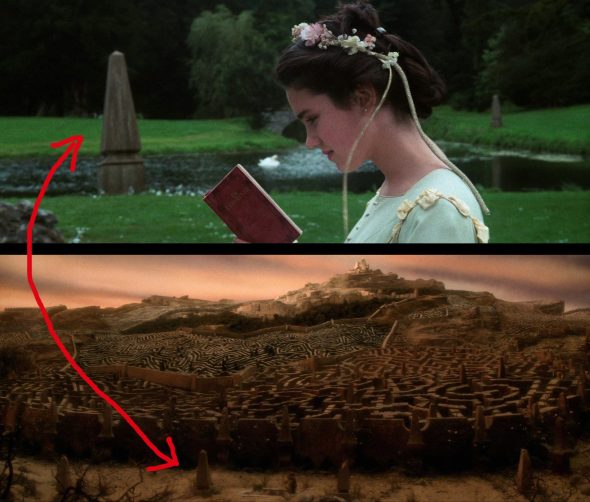
It simply is smart to suppose that this can be a dream of some kind, or at the very least that the magic takes its type from items of her life, and doubtless even unconscious wishes within the case of Jareth. The narrative actually operates on a sort of dream logic, even when that finally ends up alienating sure viewers, together with the aforementioned disgruntled critic Roger Ebert.
“Take into account, for instance, the scene in Labyrinth the place Sarah thinks she is waking up from her horrible dream and opens the door of her bed room,” Ebert writes. “Something could possibly be outdoors that door.” For him, the film is so dreamlike that all the pieces feels arbitrary.
That is at its most excessive on the very finish, when all of the fantasy characters seem in her actual bed room, regardless that this doesn’t observe from any established operations of the magic of this world. In fact, this half doesn’t occur within the dream world anyway, and neither does the magic want to the goblins firstly, so it simply goes to indicate you that Labyrinth by no means lets the viewer be settled in figuring out the place actuality stops and goals start… oh shoot.
Chapter 4: Labyrinth the Improbable, and That’s Remaining!
This film is so dedicated to maintaining us unsure and disoriented in regards to the type or extent of fantasy we’re seeing that it transitions right into a fantasy dream sequence whereas already in a fantasy dream world. You understand, the half the place she turns right into a princess at a masked ball? Extra remarkably, this fantasy dream sequence inside a fantasy dream story is straight away adopted by its inverse: a fantasy actuality sequence inside a fantasy dream story.
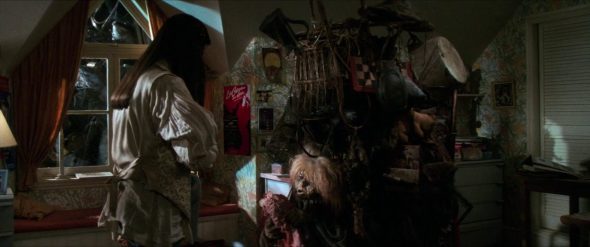
Given the magical nature of the labyrinth, a spot the place an ideal facsimile of Sarah’s bed room will be present in a junkyard, they didn’t have to make the masked ball a hallucination, did they? There might have merely been a ballroom. She turns a nook and she or he’s carrying a robe. Carried out. But, she has to eat a trippy peach and get spaced out first, throughout which we hear a bit from Trevor Jones’ rating entitled “Hallucination”. Keep in mind firstly when Jareth stated his crystal ball might present her her goals? Effectively, that is the half when she goes into the ball (a galaxy-brain visible pun), so I’m inclined to suppose this half, much more than the remainder of the story, is a dream. Maybe a dream inside a dream – a labyrinception – however it’s nonetheless our uncertainty about methods to interpret the magical occasions unfolding earlier than us that captures our consideration.
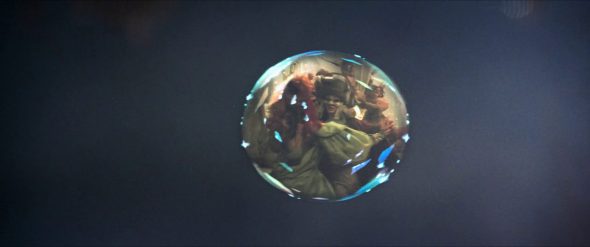
This is smart for a film that retains attempting to show us to not take issues with no consideration, which is a big downside for Sarah from the soar. When Jareth first seems, Sarah asks, “You’re him, aren’t you? You’re the Goblin King!” See what occurred there? That first sentence is a query, however she instantly follows it with an announcement, and one which already decides who Jareth is meant to be earlier than he’s launched himself.
When he reveals her the labyrinth, she is totally unsurprised. She instantly takes it with no consideration that it’s all actual, then all of a sudden decides it was all a dream within the junk sequence, after which immediately returns to her unique place. She by no means asks this query that we’re asking, and the film doesn’t immediate us to ask it both. By the top, with the bed room celebration scene destroying any semblance of a boundary between actuality and fantasy, we aren’t even ready to ask the query, as a result of there’s no distinct “labyrinth” to interrogate. There’s simply Labyrinth. I suppose there’s no room on this movie for the hesitation and uncertainty Todorov writes about when defining the unbelievable, which implies… oh shoot, shoot, shoot!
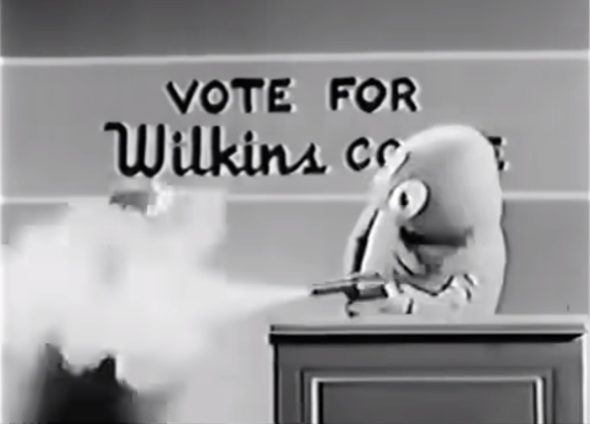
Chapter 5: Labyrinth the Destroyer
Oh no! Labyrinth destroyed our analytical framework! It’s nearly as if structuralism is extraordinarily restricted in its important capability!
Okay. It’s time for me to place my playing cards on the desk, or at the very least a few of them. I’m writing this text collection largely as a result of my good friend Kristi has requested me repeatedly to share extra of my ideas on Labyrinth. You’ve seemingly encountered her work earlier than, a few of which has been featured right here on ToughPigs, however you might not have identified that she’s additionally a author. She wrote a terrific piece on the query of the labyrinth’s actuality/unreality final summer season, which quotes a 3,000-word essay I despatched in response to her draft of that piece, and this “My Week” collection is loosely tailored from that. Now, her article argues that the labyrinth isn’t actual, and I sort of agree, however complicatedly so.
This will likely sound like dishonest, however I say the labyrinth is “actual sufficient”. It’s completely frequent for a piece of fiction to assemble its entire world particularly for the private development of the protagonist, and Labyrinth merely takes that to the acute – or, maybe, to its logical conclusion. Each of its worlds are Sarah’s world, are in dialog with Sarah and her thoughts, and exist in dialog with one another. It’s all in live performance, it’s all incongruous, and it’s all a dream – not a dream that begins when Sarah is in mattress, however a dream that begins right here:
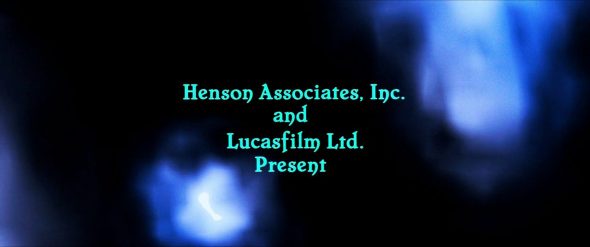
The phrase for this type of work will not be fantasy or uncanny, however surrealist, which Mr. Google tells me means, “regarding the avant-garde motion in artwork and literature which sought to launch the artistic potential of the unconscious thoughts or its exponents.” Labyrinth will not be a fantasy movie that employs surrealist parts within the service of its fantasy a lot as it’s a surrealist movie that employs fantasy parts within the service of its confrontation with the unconscious.
This can be a productive understanding of the film for a few causes. For one, it makes the film sound fancy-shmancy and legit, which I take pleasure in for egocentric causes as somebody who’s decided to defend this film it doesn’t matter what. I don’t hear critics like Ebert complaining about Fellini. The extra vital level is that this really offers with Ebert’s objection, each within the summary and particularly. It could appear as if something could possibly be outdoors the door of Sarah’s faux junk room, however in that second, we want no matter’s on the opposite facet of the door to both affirm or deny Sarah’s particular conviction that she’s again residence. The film replies with exactly the reply we worry most, although a part of us is aware of it’s coming. That’s not random.
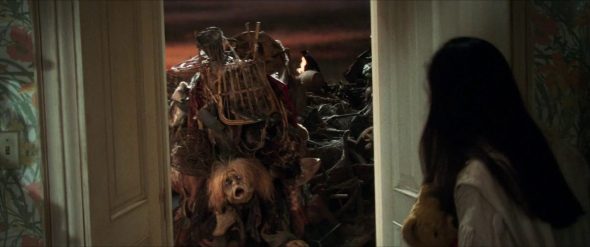
In moments which can be much less easy, we nonetheless discover scenes that appear like a detour conversing with the remainder of the textual content, albeit not in the way in which we’re used to from narrative movies. Take into account when Jareth tells Hoggle, derisively, “I’m stunned at you, shedding your head over a lady,” prompting Hoggle to insist he hasn’t. Within the very subsequent scene, a Firey says, “Like the person stated, don’t lose your head!” Sarah proceeds to defeat the Fireys by making them lose their heads. The film operates as if all of its sides share one unconscious. This even extends to the “actual” world, the place Sarah’s stepmother is the primary one to recommend that Sarah sees her as “a depraved stepmother in a fairy story” earlier than Sarah quickly fleshes out the remainder of that story.
With this movie, Jim went again to his roots as an avant-garde filmmaker, solely now with the runtime to do greater than a fast montage experiment like Time Piece. Right here, we see a personality step into the unconscious world that’s all the time a part of our actual world and are available out of it with perception. Her scary findings are sometimes as uncomfortable for us to confront as they’re for her, however maybe they may also be as enlightening. As soon as we cease calling Labyrinth a fantasy movie and begin calling it a surrealist movie, perhaps – simply perhaps – understanding Labyrinth actually shall be a bit of cake.
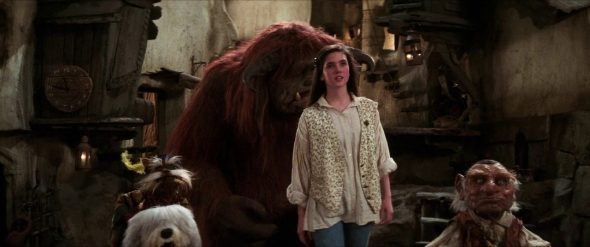
Click on right here to insist that Jim Henson would have liked this piece of cake on the ToughPigs Discord!
by J.D. Hansel – jdhansel@toughpigs.com
[ad_2]